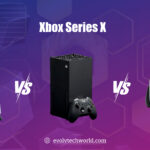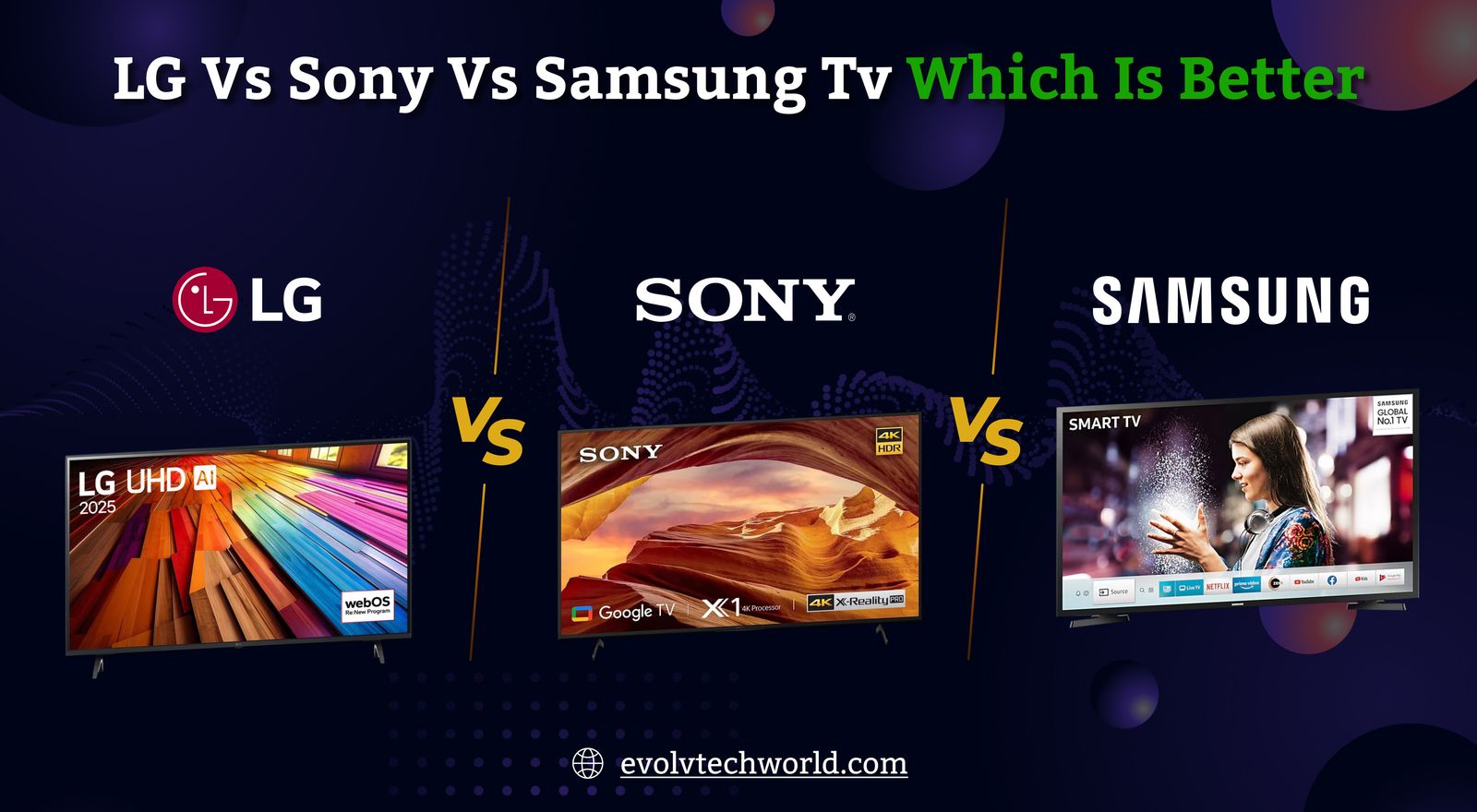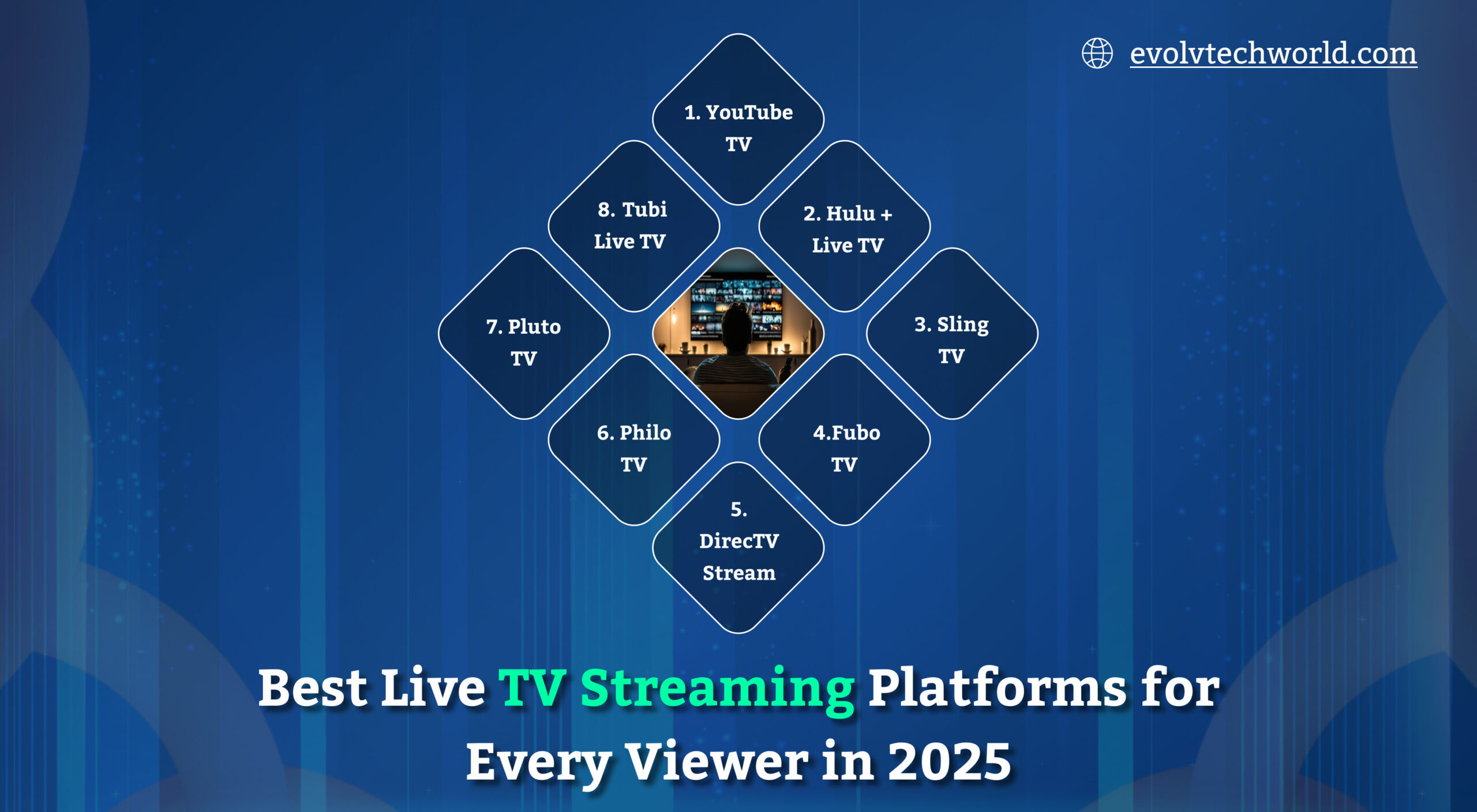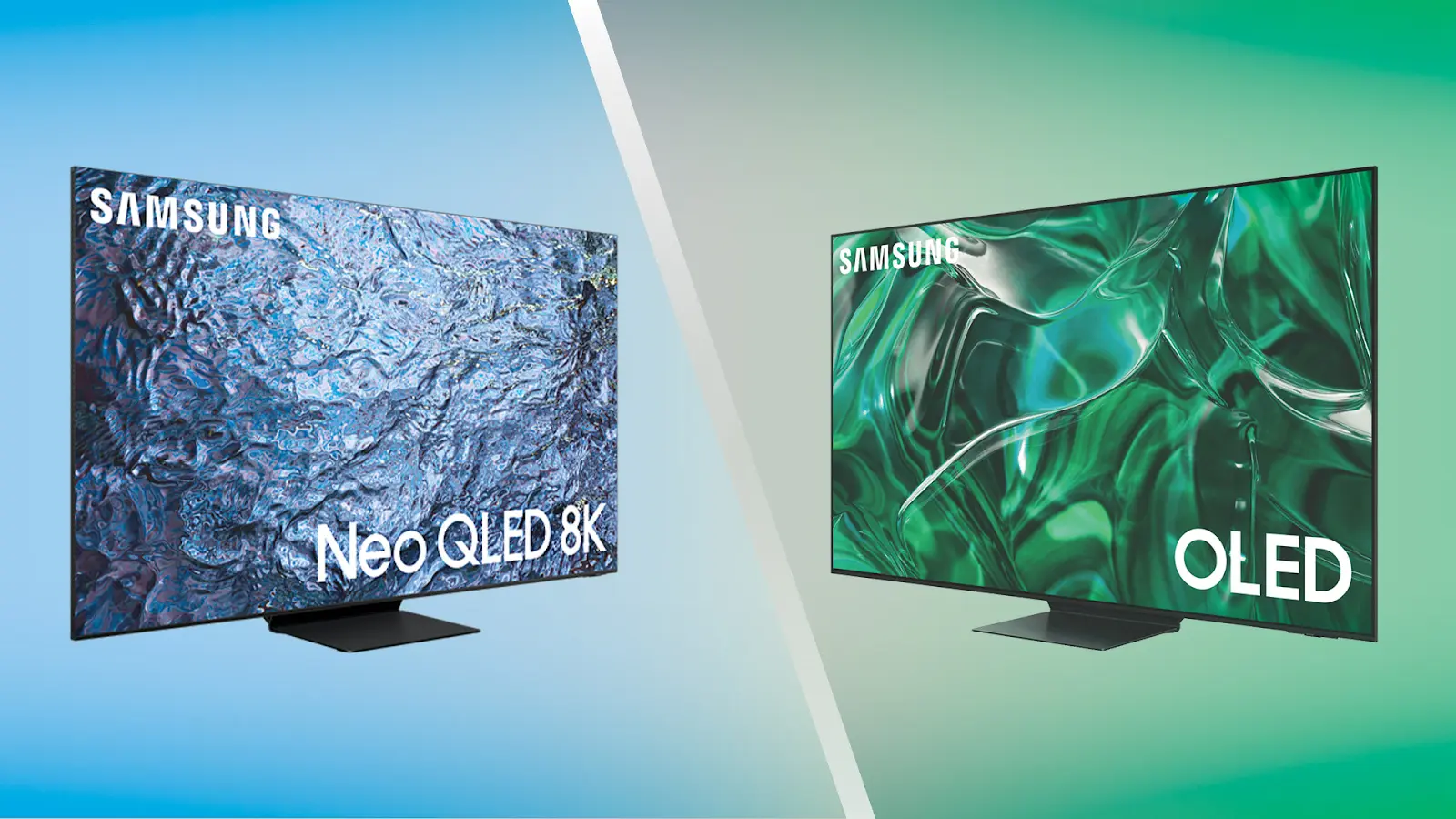In this modern world of display technology the three major contenders dominate the high-end market. QLED, OLED and the emerging Micro-LED. Each of these technologies represents a unique approach to creating vivid, high-contrast images and improving viewing experiences. Whether you are shopping for a new television, gaming monitor or professional display and understanding these technologies is crucial to making the right choice.
This article provides a deep dive into the technical principles, advantages, drawbacks and ideal use cases of each.
What Is QLED?
QLED is an LED-LCD display technology variant that adds a quantum dot enhancement layer in between the LCD panel and LED backlight. Quantum dots are semiconductor crystal particles 2 to 10 nanometers in diameter that output predetermined colors (red or green) when struck by blue light. The primary concept is enhancing the color gamut, luminosity and power efficiency of standard LCDs.
How It Works:
- QLED TVs are essentially LCD panels that use a quantum dot enhancement film.
- These dots convert the blue LED backlight into highly pure red and green colors.
- The result is improved brightness, color accuracy, and efficiency compared to traditional LED TVs.
Advantages:
- High Brightness: QLEDs can reach peak brightness levels that exceed 1,500–2,000 nits, ideal for bright rooms.
- Vivid Colors: Quantum dots offer highly saturated and accurate colors.
- Long Lifespan: Inorganic materials resist burn-in and degrade slower than organic ones in OLED.
- Affordable at Large Sizes: QLEDs are typically less expensive than OLED and Micro-LED for large screens.
Disadvantages:
- Limited Contrast: Because QLEDs still rely on a backlight, they cannot achieve true blacks like OLED.
- Blooming: Light from bright areas may bleed into dark areas (halo effect).
- Viewing Angles: Not as wide as OLED.
Also Read: LG vs Sony vs Samsung TV: Which One Is Better?
What Is OLED?
OLED is an emissive display technology where every pixel consists of organic compounds that emit light when an electric current is passed through. Unlike LCD-based displays (such as QLED), OLED does not use a backlight. This makes possible ultra-thin panels, better black levels and quicker response times.
How It Works:
- OLED panels consist of organic layers sandwiched between conductors.
- When electricity is applied, each individual pixel emits light directly.
- This allows each pixel to be turned on or completely off.
Advantages:
- Perfect Blacks: Since each pixel emits its own light and can be turned off, OLED offers infinite contrast.
- Superior Viewing Angles: Colors and brightness remain consistent even at sharp angles.
- Fast Response Time: Excellent for gaming and sports.
- Slim and Flexible Designs: Panels can be extremely thin or even bendable.
Disadvantages:
- Burn-In Risk: Static content (like logos) can permanently etch into the screen over time.
- Lower Brightness: OLEDs are not as bright as QLEDs, especially in well-lit environments.
- Shorter Lifespan: The organic materials degrade faster, particularly blue pixels.
What Is Micro-LED?
Micro-LED is a future generation self emitting display technology in which every pixel consists of individually addressable microscopic LEDs (diameter less than 100 micrometers), fabricated using inorganic material such as gallium nitride (GaN). Every Micro-LED pixel produces its own red, green or blue light, with no need for color filters or a backlight.
Unlike OLEDs, Micro-LEDs are not based on organic compounds and thus do not suffer from burn-in or organic degradation and are therefore more durable for use over long periods of time.
How It Works:
- Each Micro-LED pixel is a self-emissive RGB light source.
- Like OLED, it requires no backlight.
- Unlike OLED, it uses inorganic gallium nitride LEDs, which are more stable and efficient.
Advantages:
- True Blacks: Like OLED, each pixel can turn off completely.
- No Burn-In: Inorganic materials are more stable.
- Incredible Brightness: Can exceed QLED levels (up to 5000+ nits).
- Long Lifespan: More durable and less prone to degradation.
- Modular Scalability: Can be tiled together for massive displays.
Disadvantages:
- Extremely Expensive: Costs are currently very high, limiting consumer adoption.
- Complex Manufacturing: Placing millions of tiny LEDs precisely is a huge engineering challenge.
- Limited Availability: Mostly seen in commercial applications or ultra-premium TVs.
Side-by-Side Comparison Table
| Feature | QLED | OLED | Micro-LED |
| Self-Emissive? | ❌ (uses backlight) | ✅ (each pixel emits light) | ✅ (each pixel emits light) |
| Black Levels | Moderate | Perfect | Perfect |
| Peak Brightness | Very High (1500–2000+ nits) | Moderate (~800–1000 nits) | Extremely High (5000+ nits) |
| Contrast Ratio | High, but not infinite | Infinite | Infinite |
| Color Accuracy | Excellent | Excellent | Exceptional |
| Burn-In Risk | None | Moderate | None |
| Lifespan | Long | Shorter | Long |
| Viewing Angles | Good | Excellent | Excellent |
| Cost | Mid-Range to High-End | High-End | Ultra-Premium |
| Availability | Widely Available | Widely Available | Limited/Prototype |
Conclusion
QLED, OLED and Micro-LED all have their strengths, and no single technology is best for everyone. Your decision should be based on what matters most to you budget, image quality, gaming performance or how long you plan on keeping it.
As Micro-LED continues to develop and prices drop, eventually we might see it replace QLED and OLED. But for now, the three all have their place in the display ecosystem, serving different kinds of users and use cases.











